Translated directly from the original Spanish version
It has been seven months since we embarked on this adventure, living and sailing aboard our Marlin. After half a year of exploring the Mediterranean, we are completing this first stage of our sailing journey. This is a time to reflect on the key highlights of this trip.
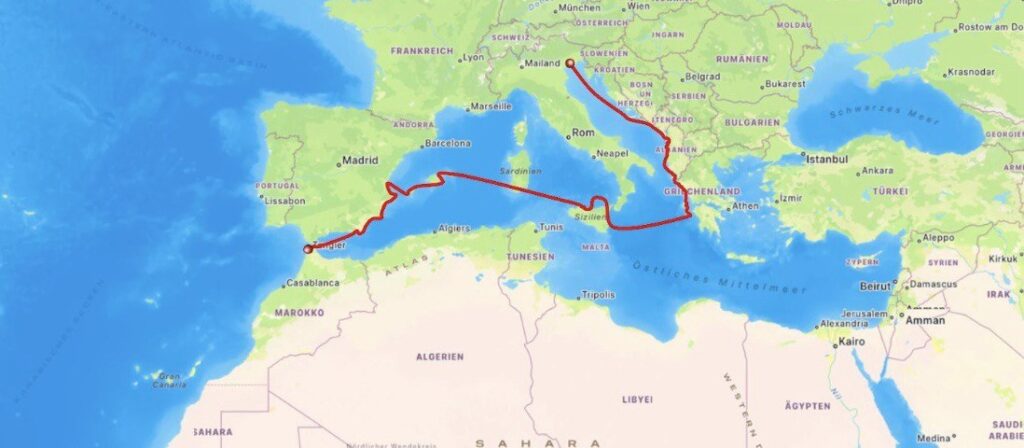
KEY FACTS
- 2.568 nautical miles
- 4.756 km
- 6 countries: Italy, Croatia, Montenegro, Albania, Greece and Spain
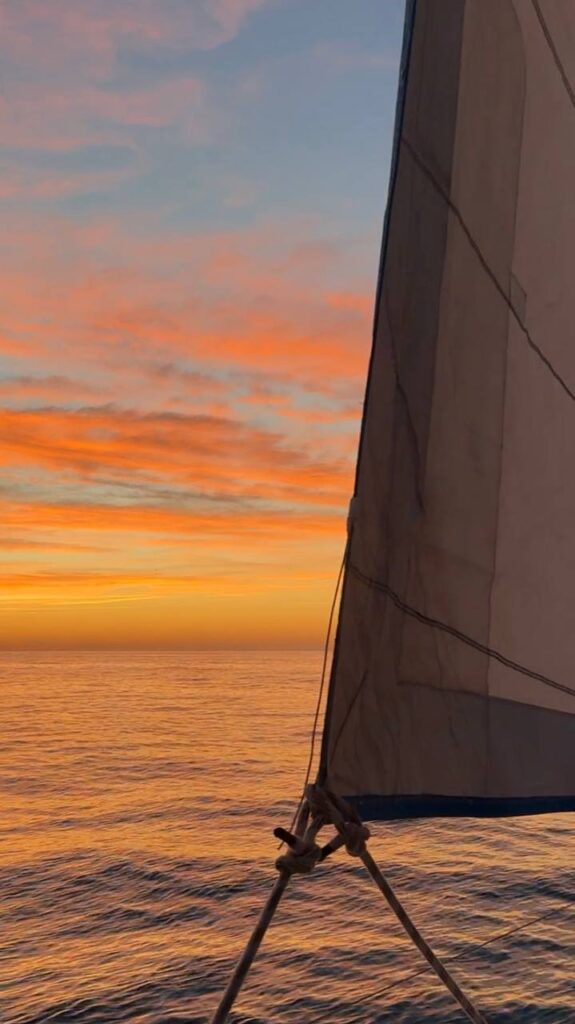
When a dream comes true, it is normal to have expectations and ideas that can differ from reality over time. Fortunately, we haven’t encountered too many unexpected surprises, but there are some aspects of life aboard that are worth sharing.
1. Social interaction: Less than expected
One aspect that turned out to be quite different from what we imagined before starting this journey is the opportunity to meet new people. We thought we would meet many new people, but in reality, the interactions have been much more limited than expected.
At the beginning of the season, most anchorages were practically empty, and during the high season, most boats were charter vessels, which significantly reduced the opportunity to make new friends or exchange experiences.
However, we were fortunate to meet other sailors with similar plans as ours towards the end of the season in Almerimar. There, we were able to experience the true sailing spirit. Many boats were wintering in this harbor, and others were preparing for long crossings, which gave us the chance to exchange experiences and learn from others.

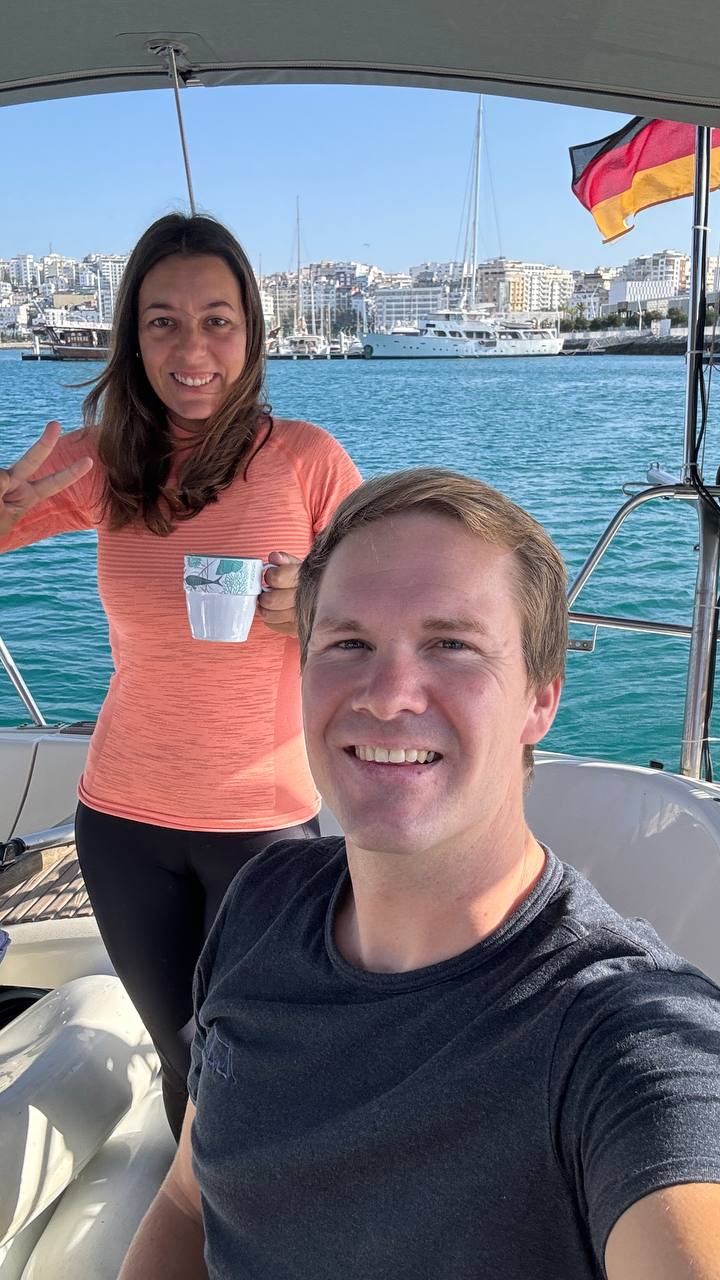
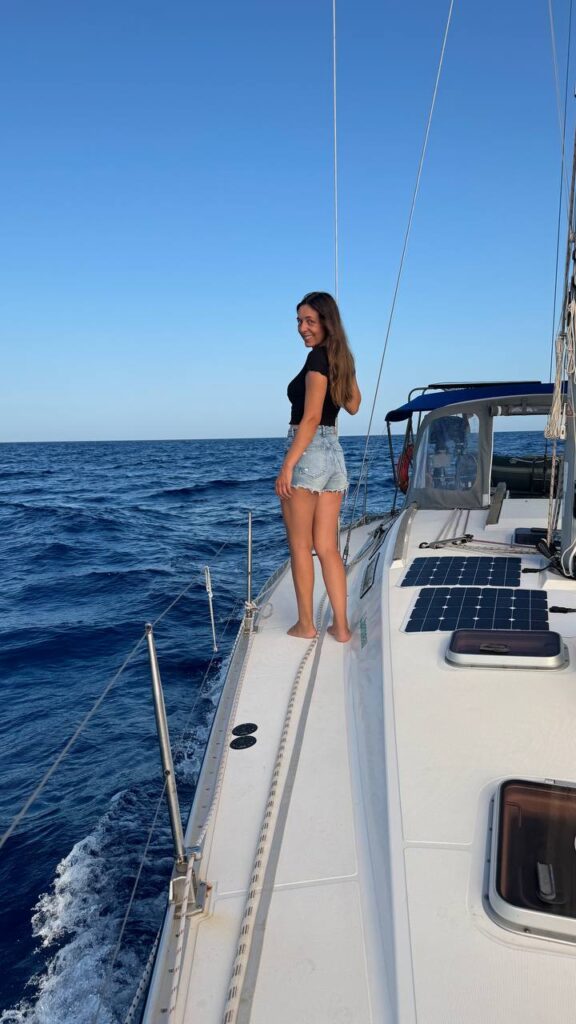
2. Time for the boat vs. Free time: A delicate balance
Before setting sail, we had read in various blogs that life aboard is a constant job, and we can completely agree: boat maintenance never ends. However, how much time we actually dedicate to the boat depends on several factors. Many articles claimed that 80% of the time would be spent on maintenance, but in our case, we have significantly reduced this number thanks to preventive maintenance and constant material checks.
Regular maintenance measures have allowed us to avoid costly repairs. On average, we spend about 20% of our time on inspections and small adjustments, which not only gives us more time for other activities but also saves us unexpected repair costs.
In addition to maintenance, there are many other tasks that are part of daily life aboard: from route planning and weather report analysis to shopping, laundry, and stockpiling. We were surprised how much time these activities can take. Even something as simple as using the dinghy between the anchorage and the harbour can become an adventure.
These everyday tasks, along with the boat maintenance, require our constant attention. Some compare this commitment to caring for a baby, and honestly, we don’t find this comparison exaggerated. To avoid feeling overwhelmed, we’ve learned to switch off from everything related to the boat and prioritize discovering new places and enjoying the adventure.

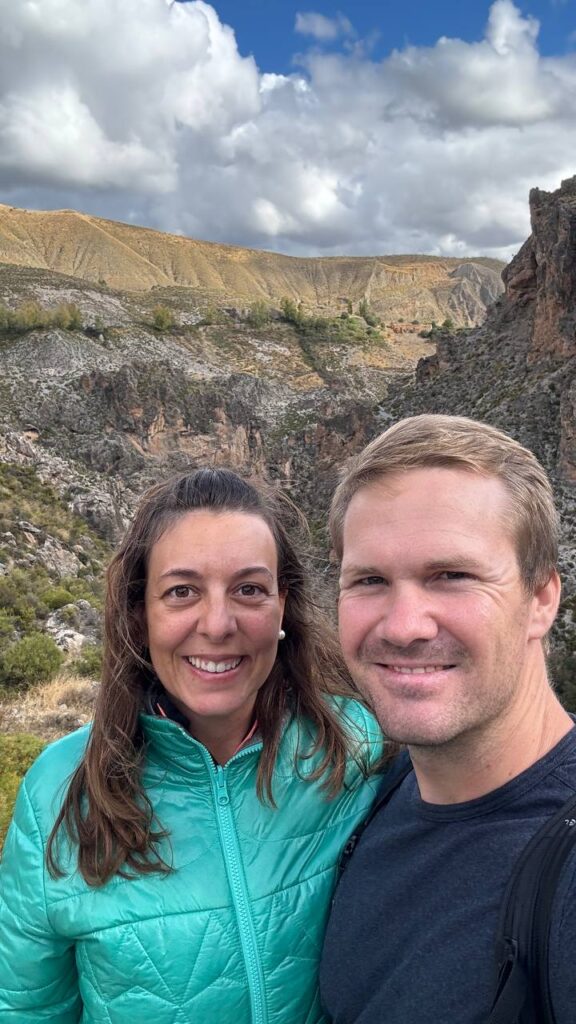
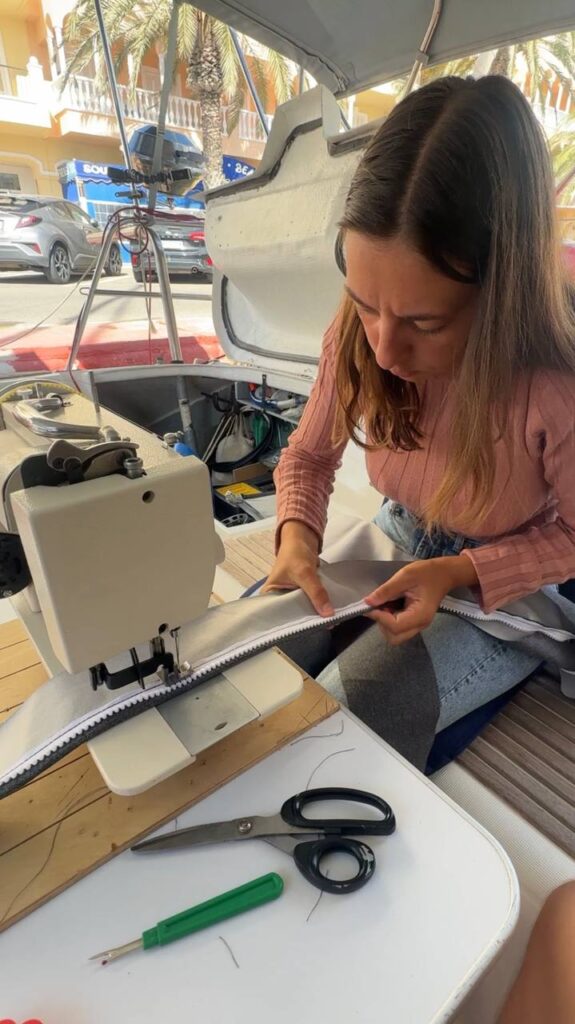
3. Spontaneity vs. Routine
When we started this journey, we were very excited to escape the daily routine: waking up, going to work, coming home, doing something, having dinner, and sleeping. The idea of being away from that structure and starting a free lifestyle truly motivated us.
However, life aboard has not only erased the routine we knew but has also shown us that what might seem like a simple plan in everyday life can become a challenge or sometimes even impossible in new environments or under changing circumstances.
The constant change of location alone requires a huge amount of energy and mental effort, something we hadn’t considered before. Freedom, therefore, is not absolute. It is influenced by weather conditions, unexpected situations, and the organizational tasks required to maintain course and route.
From the start, we realized that we often focused too much on daily tasks and lost sight of what really matters: enjoying the moment, which is the true essence of this adventure. To counteract this, we’ve tried to be more flexible and less attached to our daily activities. Finding this balance is not always easy and requires constant reminders, but the more we integrate it into our daily life, the more natural and fulfilling it becomes.
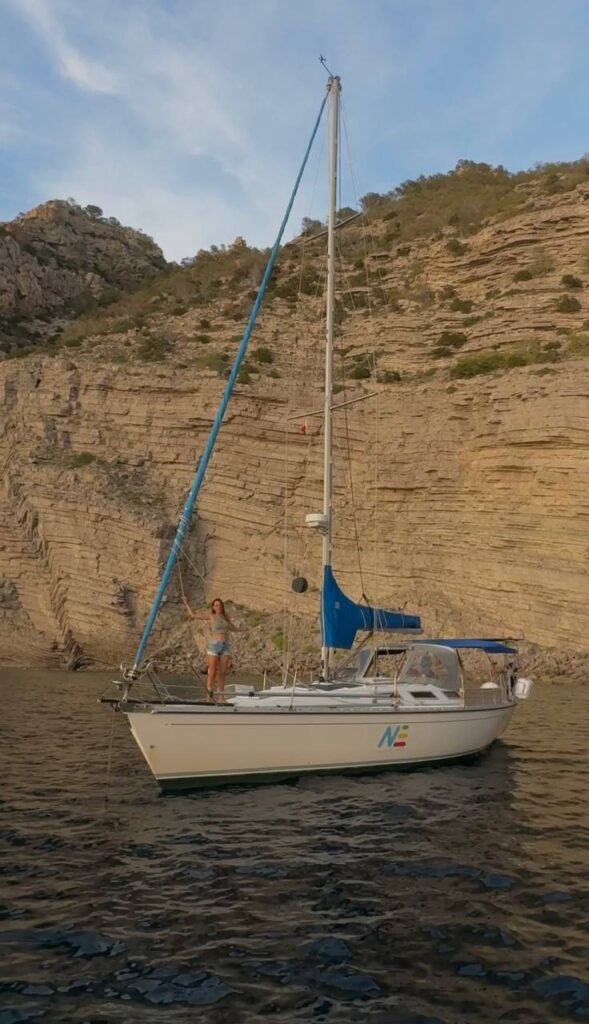
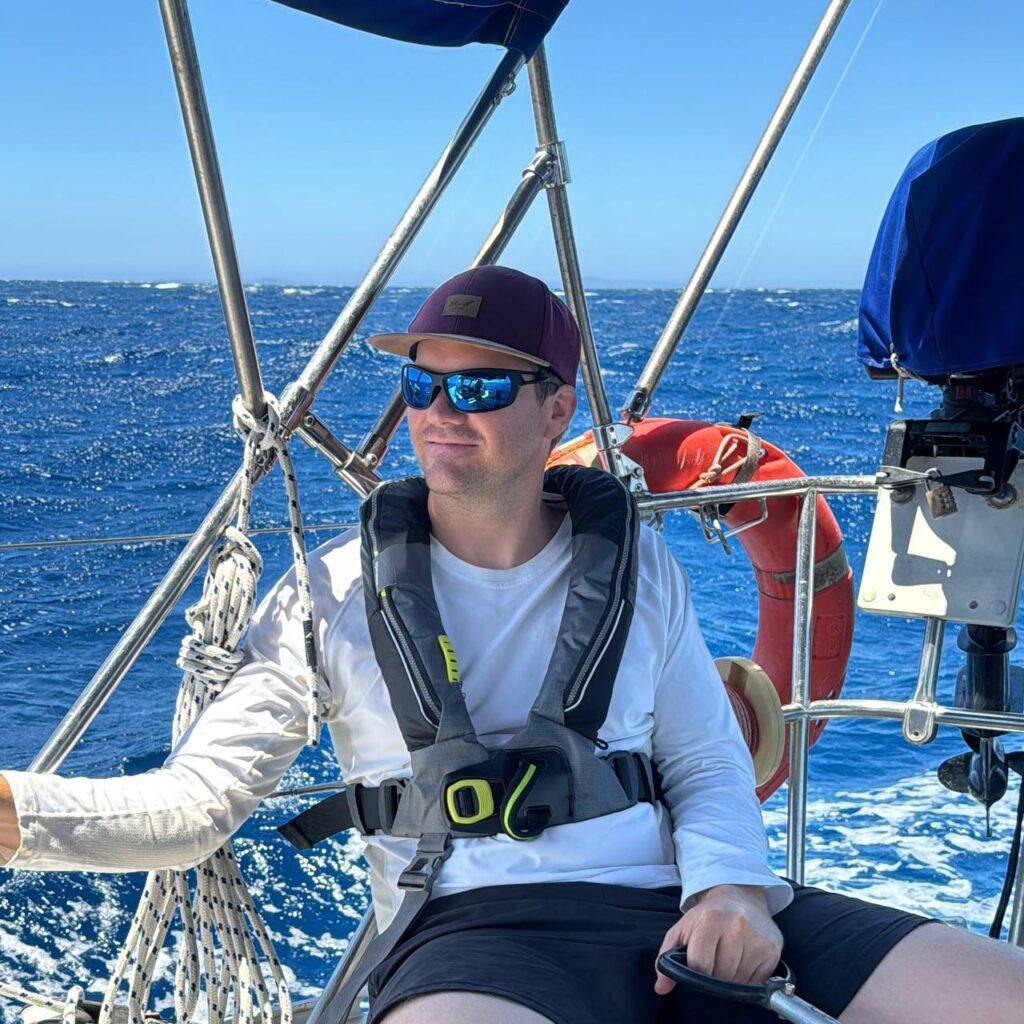
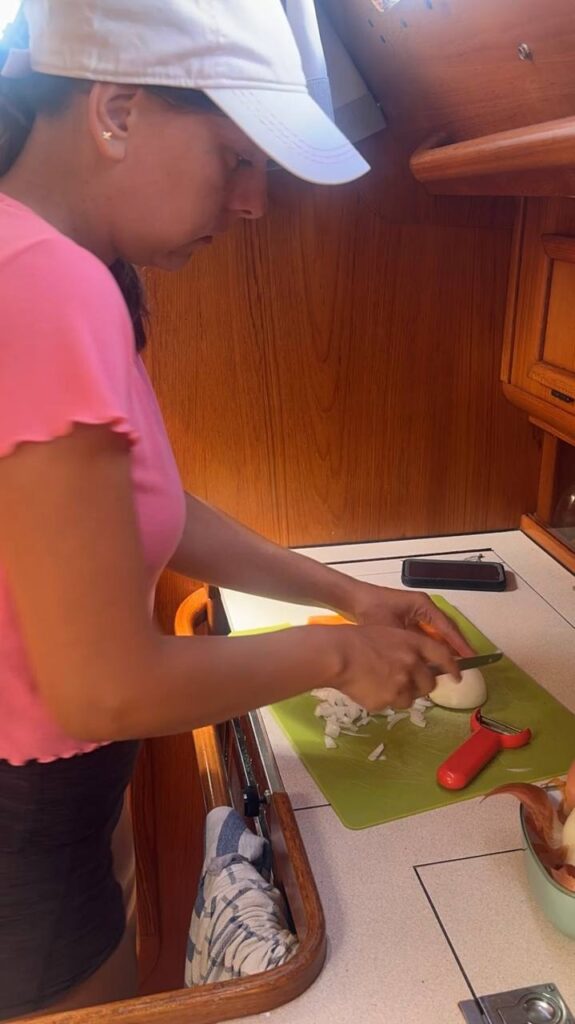
4. Personal stability: Emotional changes aboard

This is a topic we had never heard about in detail before moving aboard, but we quickly discovered it is closely linked to the concept of “personal development,” a term many sailors mention after long voyages.
Around the third month aboard, we began to notice a change in our personal stability that wasn’t present in our previous daily life. Stability was no longer a straight line but more like the waves of the sea, with ups and downs.
Factors that once played a key role in our life, such as friendships, family gatherings, or weekly social activities, are now largely absent and have been almost exclusively replaced by time spent together and moments for ourselves.
This new lifestyle alters living together as a couple and the relationship with oneself into a continuous search for balance, a daily challenge that constantly provides us with new lessons and helps us grow.
5. Living together as a couple
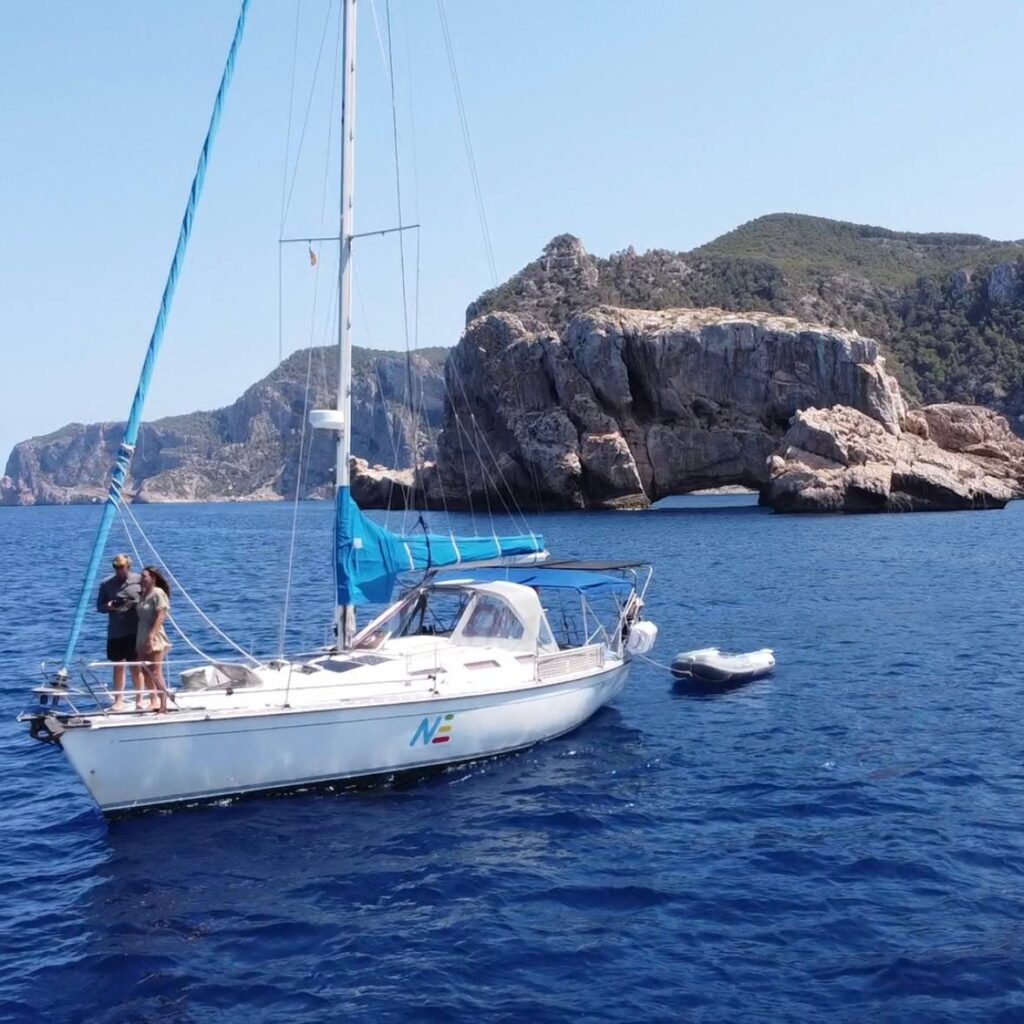
Living together as a couple 24 hours a day, 7 days a week, is a completely new experience for us. In our previous travels, whether by camper or backpacking, we had already had a first glimpse of what it would be like to live together in a small space. These experiences had many similarities with life aboard, but also some differences that we discovered over time.
Since moving aboard, we spend most of our day together. Although we had lived under the same roof for four years, we never spent so many consecutive hours together as we do now. This makes living together much more intense and increases the need to have time for oneself.
We experienced something similar during the four months we travelled by camper, but in that case, the trip was shorter, and the intensity wasn’t the same. Every day felt like a vacation, as our only concern was what to visit, find parking spots, or look for gas stations. We had fewer tasks to do, and our minds were freer to enjoy traveling as a couple.
Living aboard is much more intense for several reasons. First, sailing requires a lot of attention and teamwork, which increases both the physical and mental effort. Long crossings, for example, mean a complete change of rhythm with night watches, altered meal times, and more.
Additionally, as mentioned, there are many external factors we constantly need to pay attention to, which sometimes pushes the feeling of freedom into the background. Finding time for oneself in a small space is also harder to coordinate.
For us, the key to managing these challenges is communication and flexibility. If one of us has concerns, we openly talk about them and suggest changes that work for both of us and improve the situation. This approach has allowed us to maintain balance and enjoy living together despite the intensity of this new way of life.
6. Reflections and learnings
Every day, we are grateful to be living this adventure and to have the freedom to do what we truly want. Moments like watching the sunset, walking on the beach, or having breakfast with a view of the sea are magical and have taught us to appreciate simplicity much more than material things.
Life at sea has made us much more aware of natural resources and distances. In the past few months, we’ve realized that no crossing is like another. We’ve learned to make quick decisions in risky situations and to improve our preparation for the unexpected.
Navigation, the weather conditions, and the constant adaptation to an unpredictable environment have taught us to be flexible and live more consciously. Although it’s not always easy, every day at sea teaches us new lessons about what it means to live in harmony with nature.
7. Navigation challenges
In the first six months of our adventure, we sailed over 2,500 nautical miles, divided into different stages of navigation.
The longest stage in the Mediterranean was the crossing from Palermo, Sicily, to Mahón, Menorca, a journey that lasted four days. This crossing was significant not only because of the distance covered but also because we used it as an opportunity to train as a team and gain experience for the Atlantic crossing.
This stage was especially important for Noa, who, with less experience in navigation, needed to gain more confidence in long passages. During these days, we practiced night sailing and watchkeeping. The connection between us as a team was also strengthened, as we learned to communicate better and support each other during each watch and maneuver.
However, the Palermo-Menorca crossing, while the longest, was not the most challenging. The crossing from Zakhynthos to Syracuse, which only lasted two days, tested us much more intensely. The conditions at sea were much tougher: the constant swell kept the boat in continuous motion, causing us seasickness, loss of appetite, and fatigue throughout the trip. The waves splashed onto the swim platform, leaving us soaked from head to toe for the entire journey. It was tough and uncomfortable, but it taught us to be more resilient and to stay calm.
Another highlight wasn’t directly related to navigation but to the natural forces we encountered: the DANA storm in Mallorca. We were anchored in the Bay of Pollenca when wind speeds over 100 km/h were forecast for three days. It was the first time we had been exposed to such a fierce storm, and we weren’t sure how it would affect our boat. As the strong wind and rain set in, we realized that our anchor wasn’t holding, just like the neighboring boats that were nearby. When we tried to start the engine to head into the wind as quickly as possible, we found that we didn’t have enough power. So, we had to abandon that maneuver and instead turn the boat to avoid a collision with the closest boats. It was a tense moment with poor visibility and risk. Joseph’s experience and intuition were crucial in making the right decisions, but at times, it was also a matter of luck that we made it through the situation safely.
The first months in the Mediterranean were crucial, not only to prepare us physically but also mentally and emotionally for what lies ahead in our next great adventure: the Atlantic crossing. Every challenge we’ve faced has taught us something new about ourselves and how we need to handle the upcoming challenges. With these experiences, we feel better prepared for what’s to come, and we know that the real adventure is just about to begin.
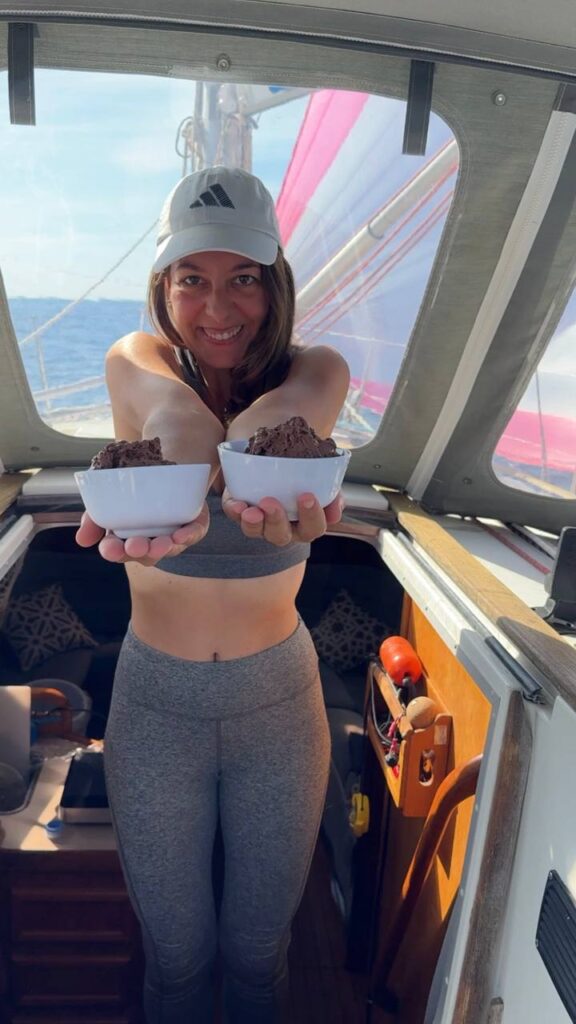
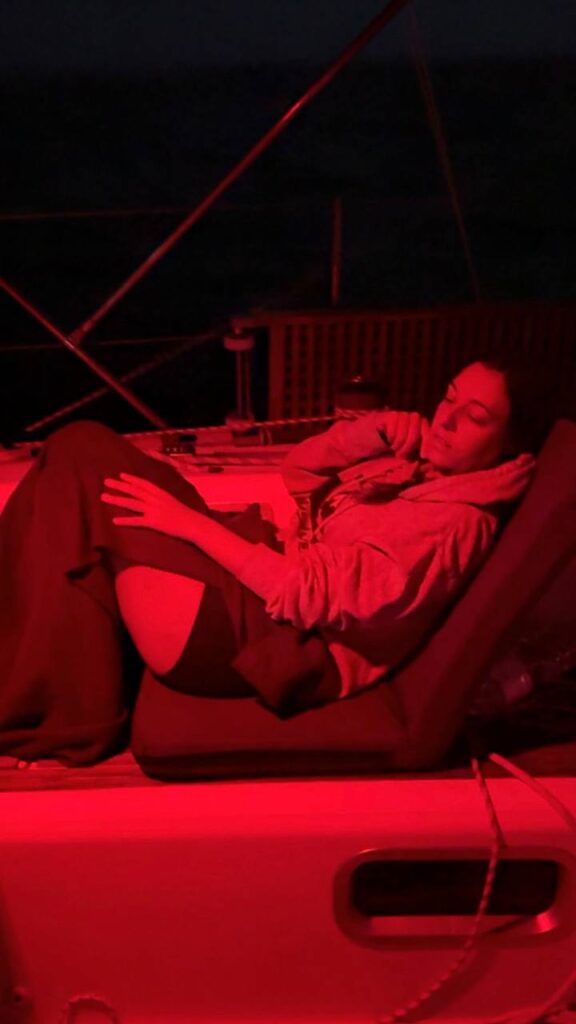
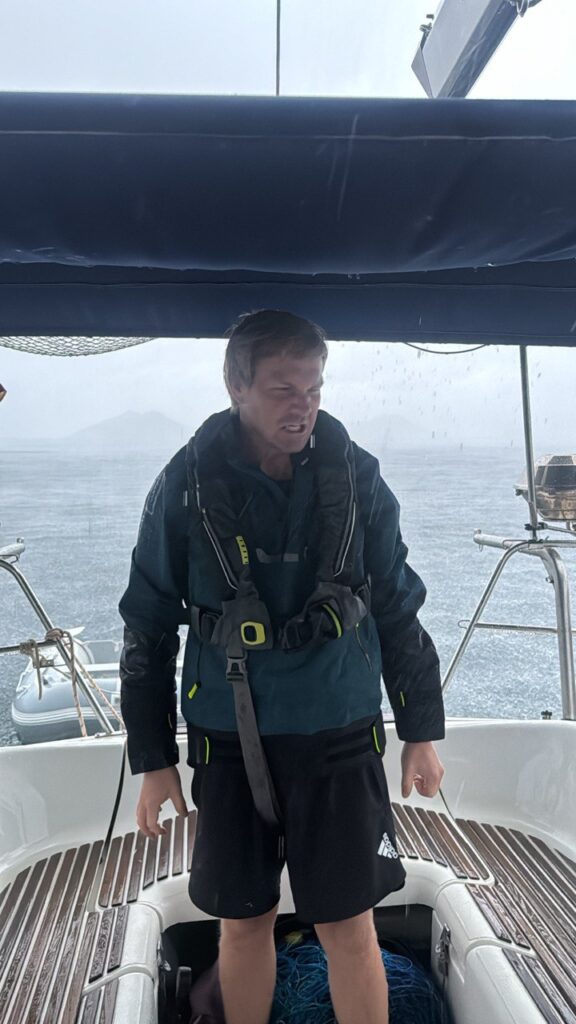

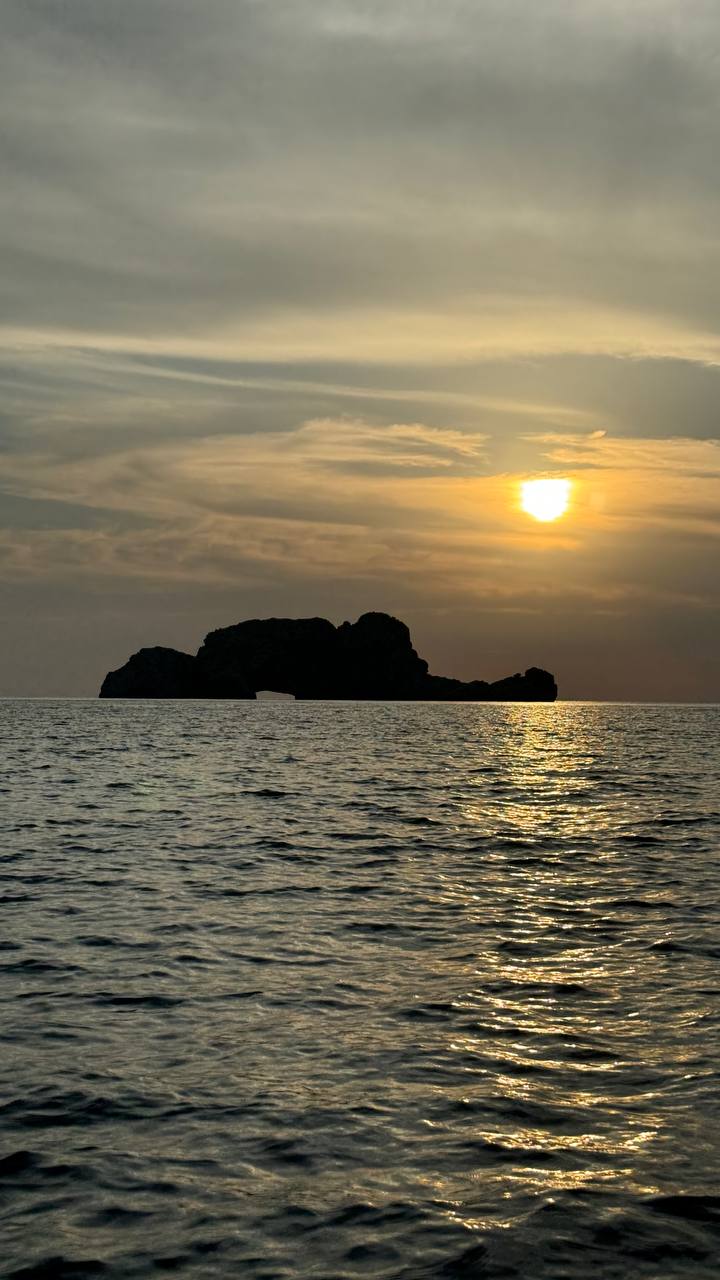
Congratulations, I wish you good luck. I have an Atlantic crossing in my plans for the future… Thank you for your advice…
I would be honored to host you in Türkiye. Greetings…
Ali Öden
+905382957373
alioden56@gmail.com